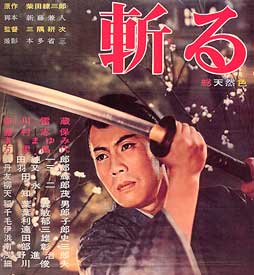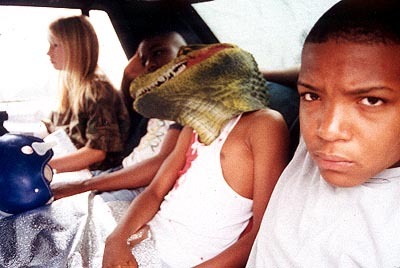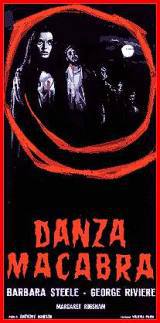
IB is a difficult movie for me to criticize because it does nothing Kill Bill didn’t do first and yet I loved Kill Bill. It does what Death Proof and its talky riot grrl trashy aesthetic did but does it better and yet clocking at 150 minutes it’s more tiresome than Death Proof. It’s a man’s movie done by a gleeful adolescent. It has interesting characters like Aldo Rain and Colonel Landa but wastes them in the wrong movie. It’s a movie about QT’s wild feverish love of cinema and yet it’s a love of cinema reduced to incognito winks and nods and references aimed to satisfy the hardened cinephile who can smirk at himself bemused at identifying Emil Jannings and Antonio Margheriti instead of a love of cinema for its ecstatic combination of images and sounds, for that transcendental sum so greater than its individual parts which QT himself praised in Leone’s GBU.
The movie vacillates between the banal (a Basterd shooting a wounded Nazi prison guard after he groans) and the tedious (the love subplot between Jewish girl and Nazi war hero) capping that off with wild explosions of violence. It is outrageous as much for its irreverent cartoonish treatment of a horrible war as it is for expecting the viewer to accept every improbable silly plot twist (Hitler Goering Goebbels and Bormann all attending a movie premiere in occupied Paris, Landa’s defection) for the very reason they’re cartoonish and irreverent. Much like a dead baby joke, IB’s clever set up requires you to accept its silly outrageous premise for the very qualities that mark it as such, otherwise you’re not in on the joke. And much like a failed dead baby joke, IB fails in that aspect because it doesn’t push the boundaries of decency far enough, because this is a movie about a band of US scalphunters facing off with a charming but horrifying Nazi villain in occupied France saddled with a lifeless heroine who polishes Henri-Georges Clouzot’s name in the marquee of her cinema and needless distracting Mike Myers cameos stretching out the tightness of the plot, because it must stop on its tracks to explain how inflammable nitrate stock is (dramatize dramatize dramatize!) and drop references to Hollywood moguls Louis B. Mayer and David Selznick, because IB is a movie about QT making a movie, insulated from reality archetype or myth, vicariously presenting love grief and loss not through real life but through other movies about love grief and loss, because unlike the best of cinema IB’s parts are greater than the whole, set pieces lovingly constructed, their verbosity undercut with slow-burn suspenseful tactics, strung together to support a flimsy plot.
Watching IB reminded me of how I got my first movie ideas: I would drive around listening to rousing music (Morricone often enough) and I would imagine scenes to go with the music, set pieces, cool shots, openings and closings. But writing a story requires to turn off the music and put pen to paper, not to fill the mouths of your characters with fancy dialogues, but to layer and structure and hold back when necessary and invest in subtext and dramatize not with regards to small climaxes every twenty minutes of splinters of wood exploding, gunfights in basement tavers, and cinemas erupting in flames, followed by whole slabs of exposition (like the Basterds introduction), but one slow and steady climax of character and action.
This vacuous patchwork of quirks and eccentricities reflected in the title itself, rightfully INGLOURIOUS BASTERDS and not Once Upon a Time in Nazi-Occupied France as QT intended it to be at first, because in Sergio Leone’s OUATITW, the patchwork of film references created by young cineliterate writers Argento and Bertollucci is subordinate to the story, layered inside, used as tools to expose myth and archetype, whereas in IB they’re applied externally as quirks independent of the story. QT did the same thing in Kill Bill but there he had the wherewithal to reward both the genre fan who picked up on the Lady Snowblood/Sex and Fury homage and the casual moviegoer who didn’t with great cinema, because he introduced Sonny Chiba as Hattori Hanzo (after the famous TV series) but made him a believable character. Occasionally funny, with a good opening sequence, an outrageous climax, and a charismatic scene-stealing villain, IB suffers because there’s too much QT in the movie. If every movie is a ride through the artist’s world, IB is a carnival tour through QT’s bedroom because he never left it to see the world, with QT as host pointing out at his one obsession: his love of movies.
As it is, I rate Enzo G. Castellari's original INGLORIOUS BASTARDS higher than QT's
homage, not necesserily because it's a better movie, but because it holds up better as a whole. Still, QT's ferociously publicized name guarantees IB will be one of the movie events of the year.





































